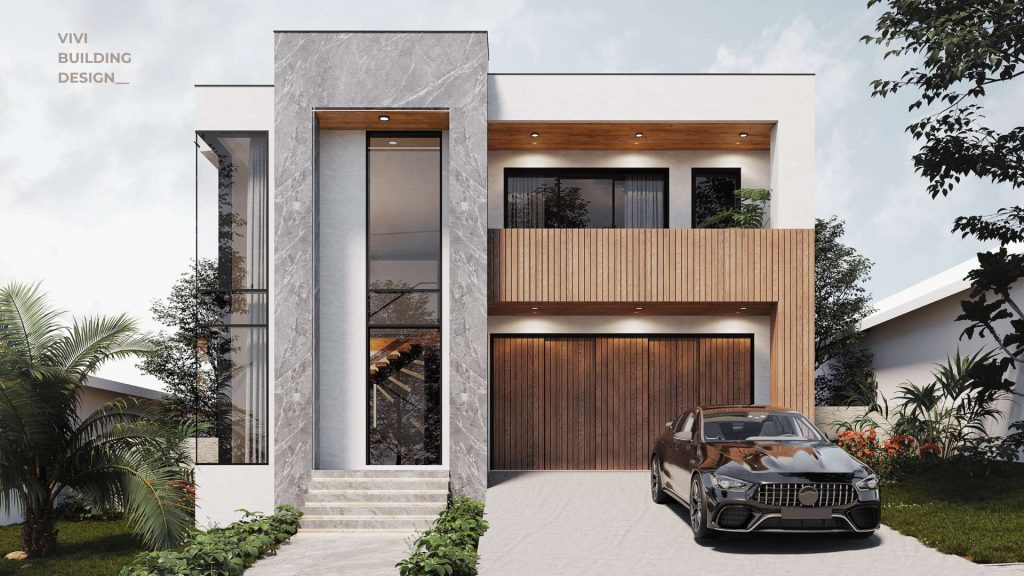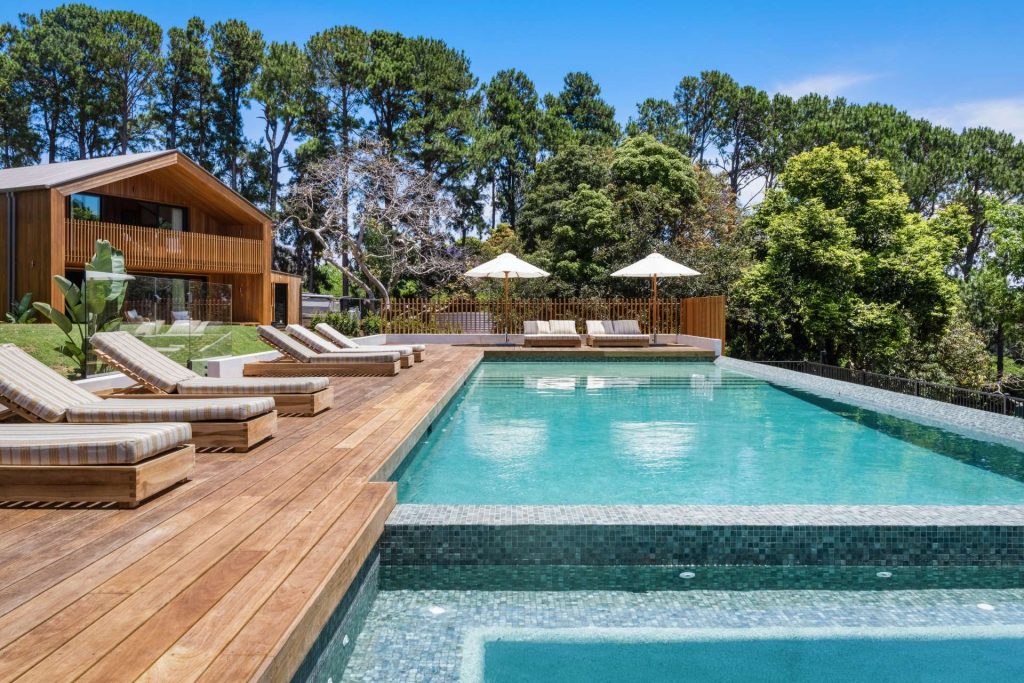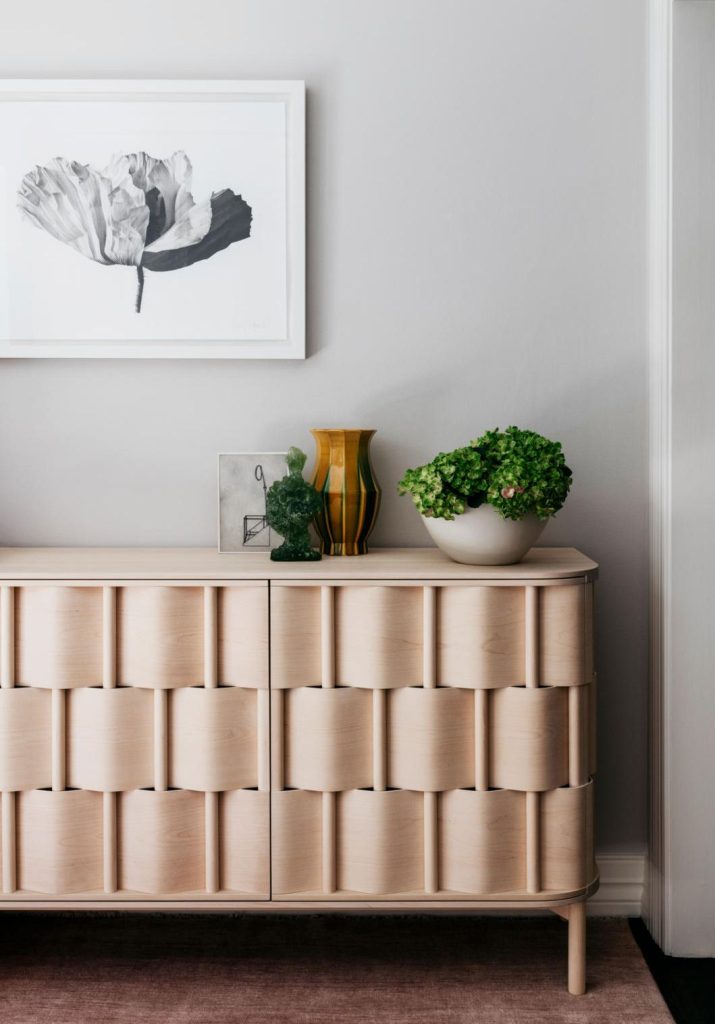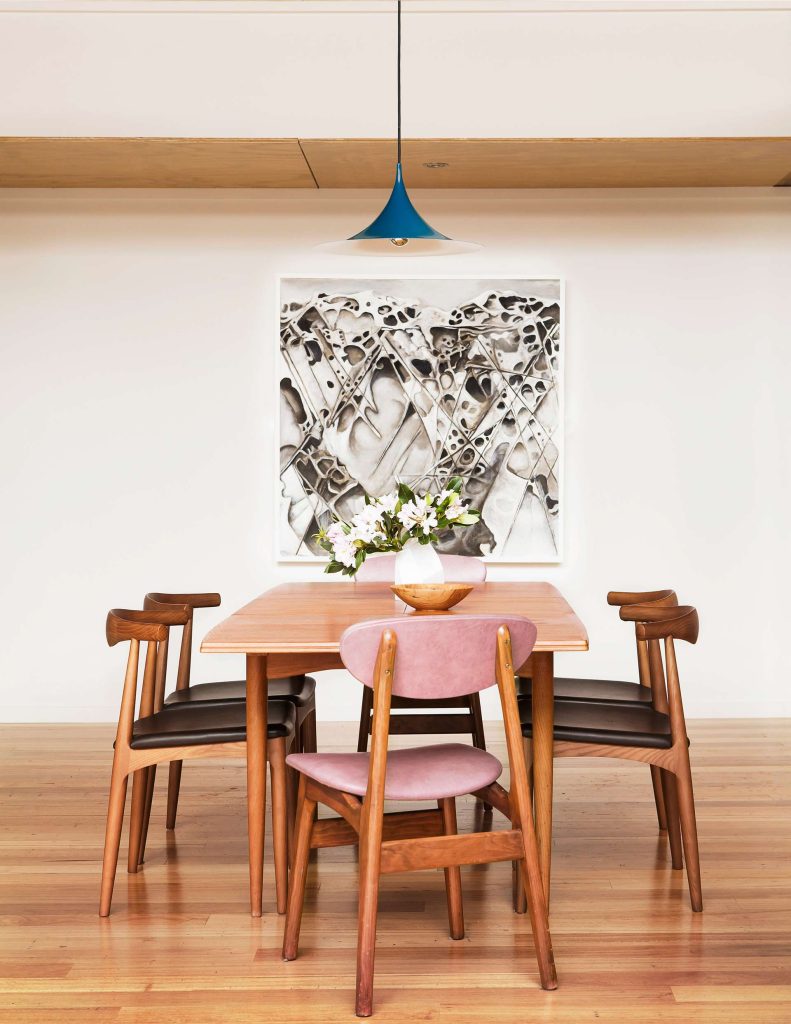Choosing the right timber for your home can be tricky with so many options out there. Not all timbers are the same, and each type has unique qualities.
Our quick guide helps you understand different timbers, whether you’re updating your flooring or picking timber for new furniture. Explore the variety of textures and shades to find the perfect fit for your space!
I. Softwood and hardwood timber

In the world of timber, we have two main types: softwood and hardwood.
Softwood timber, from coniferous trees like cedar, fir, and pine, grows quickly and is lighter with a coarser grain. Though it’s generally not as strong as hardwoods, it’s perfect for certain tasks and budget-friendly.
Softwoods are great for building frameworks, lining boards, and cladding due to their economical nature.
Hardwood timber is known for being heavy, strong, and stable. It’s the go-to choice for durable applications like piers, flooring, decking, and furniture.
II. Timber: a guide to all different types
1. Cedar
Cedar, especially the popular western red variety, is known for its pinkish-red hue. While it’s relatively soft, its straight grain makes it a top choice for outdoor use. Ideal for furniture, deck handrails, wall cladding, and window frames, cedar resists rotting in moist conditions and is budget-friendly.

2. Eucalyptus
Eucalyptus is a standout timber in Australia, offering a variety of sub-species with unique colors and grain patterns perfect for house design. Popular choices include Tasmanian Oak (cream), Blackbutt (pale brown), Spotted Gum (mid brown), and Jarrah (red). Prices range from budget-friendly to moderately expensive.
3. Fir
Known as Douglas Fir or Oregon, this reddish-brown timber from North America is a favorite in Australia. Despite being relatively soft, its straight grain and high strength-to-weight ratio (moderate strength with low weight) make it a popular choice for rafters. Plus, it’s moderately inexpensive.
4. Pine
Pine timber comes in various types, with Radiata, Cypress, and Hoop pine being the main varieties in Australia. Radiata pine is widely used for house framing but needs chemical treatment to resist decay and termites. Cypress pine, known for its natural termite resistance, was a popular choice for flooring in Australia for many years. Hoop pine is primarily used for plywood. All these options are budget-friendly.
5. Ash
Ash timber, with its white to pale brown color and straight, attractive grain, is a versatile choice for furniture. It’s easy to work with and serves as a great substitute for white oak, adding a touch of elegance to your house design in Australia.
6. Beech
Beech timber, ranging from white to pale brown, is native to Sweden, Denmark, and Norway. It’s commonly used for everything from firewood to furniture and flooring. Its subtle grain makes it an excellent choice for furniture that will be painted, offering a cost-effective alternative to more expensive options like oak or ash.

7. Birch
Birch timber, available in yellow and white varieties, is a popular choice in Russia and Nordic countries. It’s a fairly hard timber used for furniture and plywood, offering one of the most economical hardwood options. Birch is extensively used by Swedish giant IKEA and Finnish furniture company Artek.
8. Mahogany
Mahogany, with its rich reddish-brown to deep red hues, is renowned for its use in high-quality furniture. Although it was once a staple in antique furniture, it’s less common today due to sustainability concerns. Mahogany features a straight grain and medium hardness, making it easy for joiners to work with.
9. Maple
Maple comes in two varieties: hard and soft. Hard maple, known as Rock Maple in Australia, is an extremely durable and pale-colored timber, perfect for gymnasium floors. Soft maple, lighter in weight, is often used for making boxes and pallets due to its wide color variations.
10. Oak
Oak has been a prized timber for centuries, especially in Europe and England. Available in red and white varieties, white oak is often preferred for its attractive grain and moisture resistance, making it ideal for outdoor furniture. English oak is particularly renowned for its superior quality compared to American white oak.

11. Teak
Teak is a tropical timber from Burma, Thailand, and Bangladesh. While its beautiful golden-brown color and slightly waxy feel make it ideal for boats and outdoor furniture, it’s important to choose recycled or plantation-sourced teak due to ethical concerns. Although slow-grown teak offers excellent resistance to sun and rain, it is now quite expensive.
12. Walnut
Walnut, a premium American hardwood, is known for its rich brown color and stunning grain. Although it’s now fairly pricey and typically available in narrower boards, walnut remains a popular choice for house design, including furniture making, veneered cabinetry, and feature walls.
(Information compiled from Homestolove magazine)



